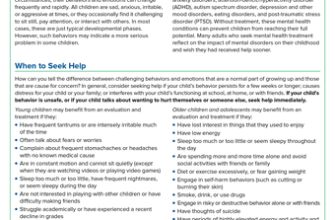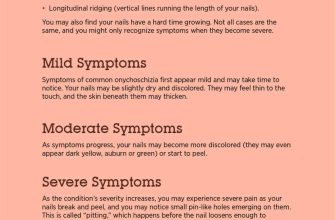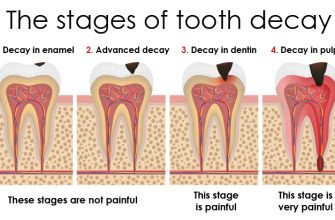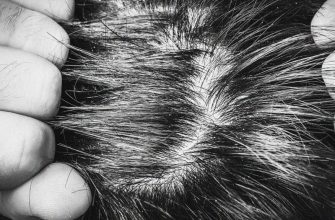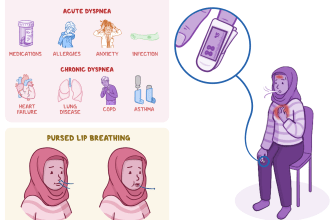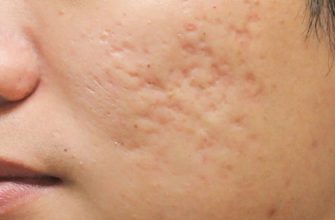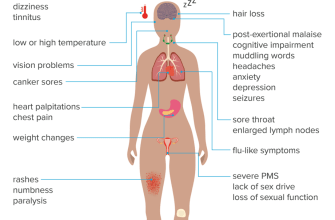Redness and swelling behind the ear can be a concerning symptom that may indicate an underlying condition. It is important to understand the causes and seek appropriate treatment to alleviate discomfort and prevent any potential complications. In this article, we will explore the various causes of redness and swelling behind the ear and discuss effective treatment options.
Causes of Redness and Swelling Behind the Ear
1. Otitis Externa
Otitis externa, commonly known as swimmer’s ear, is a condition characterized by inflammation of the ear canal. It can cause redness and swelling behind the ear, along with pain and itching. This condition is often caused by bacterial or fungal infections, and it is more common in individuals who frequently swim or have excessive moisture in the ear.
2. Cellulitis
Cellulitis is a bacterial skin infection that can occur behind the ear. It causes redness, swelling, and tenderness in the affected area. Cellulitis can develop when bacteria enter the skin through a cut, scratch, or insect bite. Prompt medical attention is necessary to prevent the infection from spreading.
3. Lymphadenitis
Lymphadenitis refers to the inflammation of lymph nodes, which are small glands that play a crucial role in the immune system. When lymph nodes behind the ear become infected, they can cause redness and swelling in the surrounding area. This condition is often a result of an underlying infection, such as an upper respiratory infection or an infected wound.
4. Allergic Reaction
An allergic reaction to certain substances, such as earrings, hair products, or medications, can lead to redness and swelling behind the ear. This reaction is known as contact dermatitis and occurs when the skin comes into contact with an allergen. Identifying and avoiding the trigger is essential to prevent further allergic reactions.
Treatment Options for Redness and Swelling Behind the Ear
1. Otitis Externa Treatment
If otitis externa is the cause of redness and swelling behind the ear, treatment typically involves the use of eardrops that contain antibiotics or antifungal medications. It is important to keep the ear dry and avoid swimming until the infection clears. Over-the-counter pain relievers can help alleviate discomfort.
2. Cellulitis Treatment
Cellulitis requires prompt medical attention. Treatment usually involves a course of oral antibiotics to eliminate the bacterial infection. Elevating the affected area and applying warm compresses can help reduce swelling. It is crucial to complete the full course of antibiotics as prescribed by a healthcare professional.
3. Lymphadenitis Treatment
Treatment for lymphadenitis focuses on addressing the underlying infection. Antibiotics may be prescribed to combat the infection, and over-the-counter pain relievers can help manage discomfort. In some cases, the swollen lymph nodes may need to be drained or surgically removed if they do not respond to other treatments.
4. Allergic Reaction Treatment
If an allergic reaction is causing redness and swelling behind the ear, the first step is to identify and avoid the allergen. Over-the-counter antihistamines can help relieve symptoms such as itching and swelling. In severe cases, a healthcare professional may prescribe corticosteroids to reduce inflammation.
Prevention and Self-Care Tips
While treatment is essential, taking preventive measures and practicing self-care can help reduce the risk of redness and swelling behind the ear. Here are some tips:
- Keep the ear dry, especially after swimming or showering.
- Avoid inserting objects into the ear canal, as it can cause irritation and increase the risk of infection.
- Regularly clean and dry the area behind the ear to prevent the buildup of moisture.
- Be cautious when using hair products or wearing earrings, and discontinue use if an allergic reaction occurs.
- Maintain good hygiene and wash hands regularly to prevent the spread of infections.
It is important to consult a healthcare professional if redness and swelling behind the ear persist or worsen despite self-care measures. They can provide an accurate diagnosis and recommend appropriate treatment based on the underlying cause.
In conclusion, redness and swelling behind the ear can be caused by various factors, including otitis externa, cellulitis, lymphadenitis, and allergic reactions. Prompt treatment and preventive measures are crucial in managing these conditions effectively. By understanding the causes and seeking appropriate care, individuals can alleviate discomfort and promote healing.

